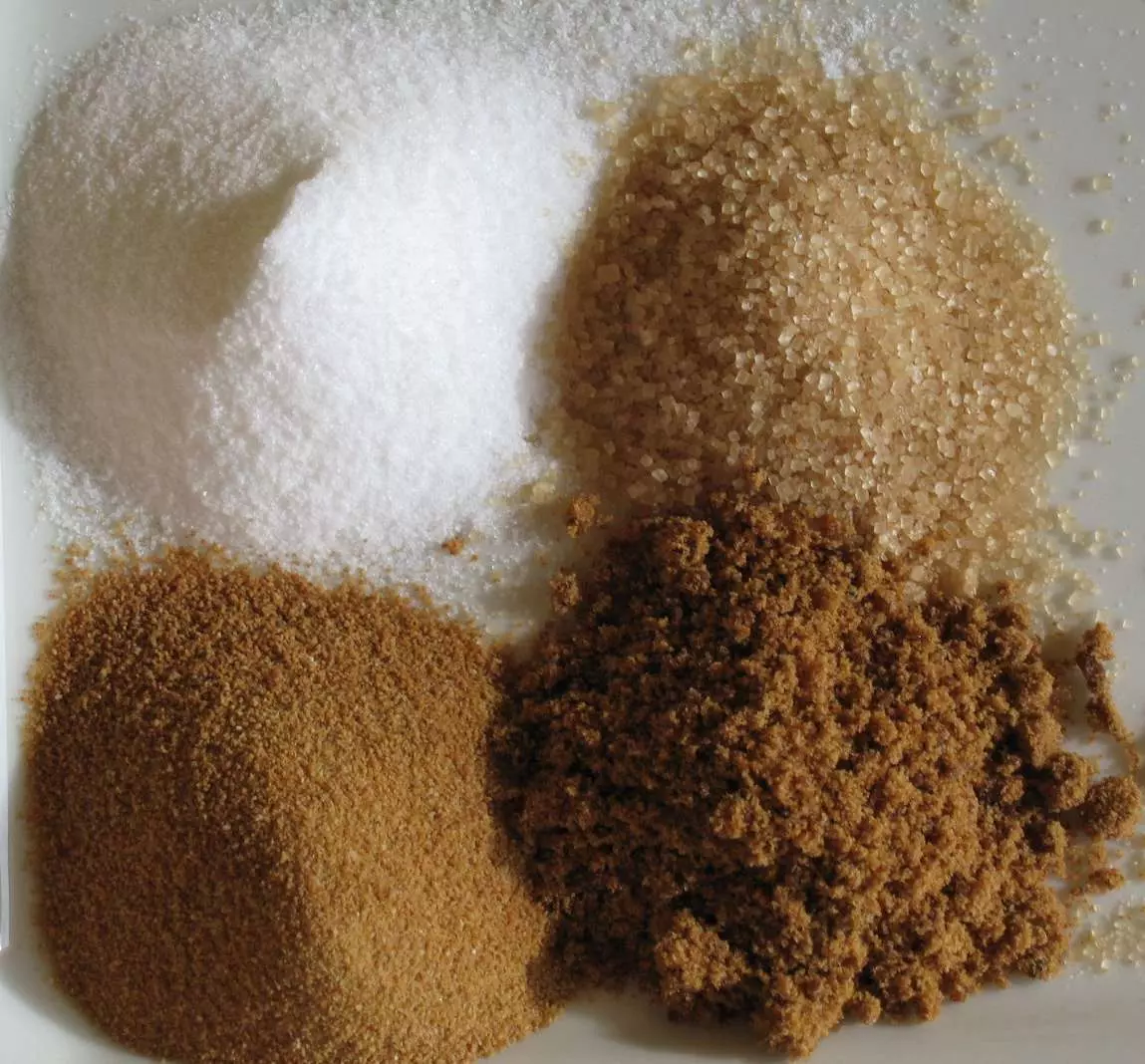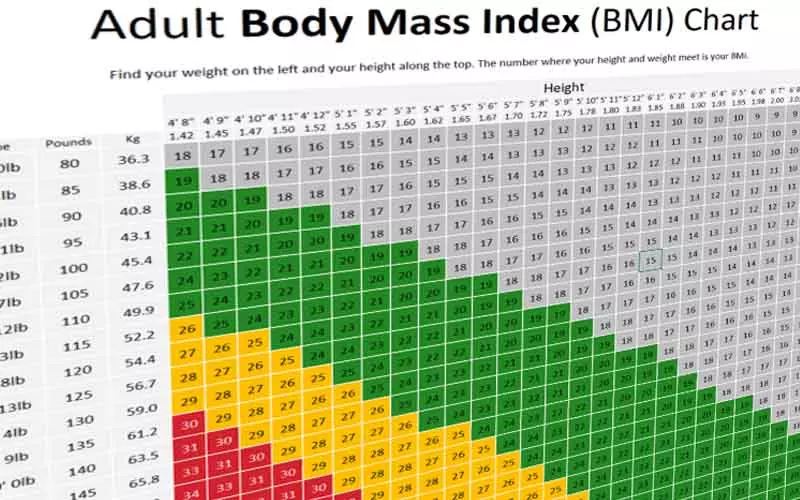You might already know that BMI (Body Mass Index) has its flaws as a measurement of health. Even though a waist to height ratio is a bit better, it’s still not perfect. That’s where the Weight-adjusted Waist Index (WWI) comes in.
WWI combines the benefits of measuring your waist while reducing the issues linked to BMI. It’s better at accounting for different body shapes and fat distribution. The higher your WWI score, the higher your level of obesity.
To calculate your WWI, you divide your waist circumference (in cm) by the square root of your weight (in kg). It’s a simple calculation, and the calculator below will do it all for you with ease.
What is my WWI if I weigh kilos and is kilograms overweight? Enter your waist to calculate your WWI score.
WWI Guidelines from Park, Kim, Kwon & Kim
| BMI (kg/m2) | WWI (cm/√kg) | Category | Range | Range |
|---|---|---|
| Very severely underweight | <15 | |
| Severely underweight | 15 – 16 | |
| Underweight | 16 – 18.5 | <8.83 |
| Normal (healthy weight) | 18.5 – 25 | 8.83 – 10.34 |
| Overweight | 25 – 30 | 10.34 – 11.51 |
| Obese Class I (Moderately obese) | 30 – 35 | > 11.51 |
| Obese Class II (Severely obese) | 35 – 40 | |
| Obese Class III (Very severely obese) | >40 |
How to measure your waist
- Locate the top of your hip bone and the bottom of your ribs.
- Breathe out naturally.
- Place the tape measure halfway between these points, level with your belly button. Wrap it around your waist, leaving enough space to slide one finger under the tape.
- Read your measurement.
Free printable WWI Charts
Please feel free to download and use the the following Free WWI charts for whatever purpose you require offline or link to them via this page from your own site.
The Excel format is provided to allow you to adjust to your exact needs.




